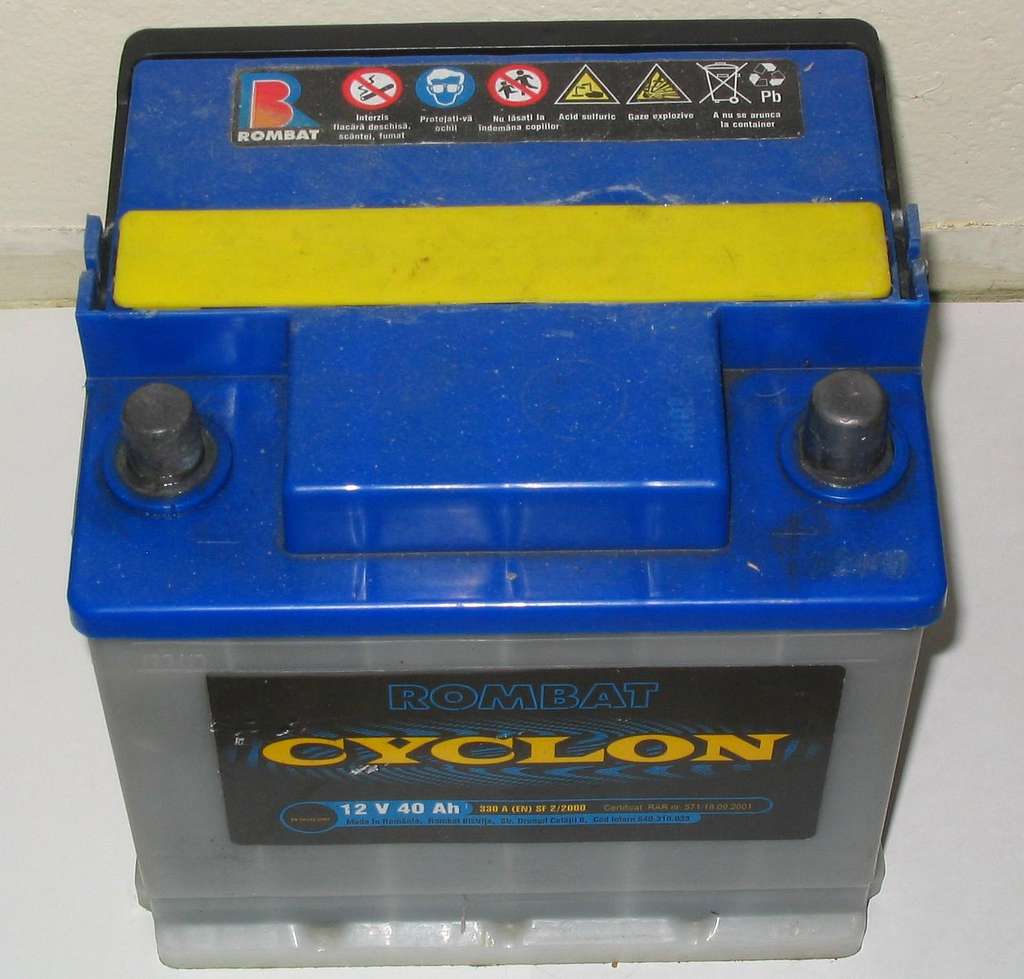Knowing how to clean car battery terminals is essential for maintaining your car’s performance. Corrosion on battery terminals can reduce power, cause starting issues, and lead to expensive repairs. Luckily, cleaning battery terminals is easy and can improve battery lifespan significantly.
Let’s discuss how to clean car battery terminals, preventing corrosion, and ensuring your car battery works like new.

What Causes Corrosion on Car Battery Terminals?
Car battery terminal corrosion is a common issue that occurs when sulfuric acid from the battery reacts with the metal terminals. This chemical reaction creates a flaky, discolored build-up on the terminals, which is often white, green, or blue in color. Corrosion interferes with the flow of electricity and can lead to poor engine performance, difficulty starting your car, and even electrical system failure.
Here are the main causes of corrosion:
- Acid Leakage: Battery acid can leak from the battery over time, causing a build-up on the terminals.
- Moisture: High humidity can lead to moisture around the battery terminals, which may exacerbate corrosion.
- Poor Connections: Loose or improperly connected terminals can increase the chances of corrosion forming.
Difference Between Corrosion and Sulfation
It’s crucial to differentiate between corrosion and sulfation, as they both impact your battery but in different ways:
- Corrosion: Caused by the reaction between battery acid and metal, corrosion results in a flaky, white, green, or blue build-up. It’s treatable and can be cleaned off easily as part of regular battery maintenance.
- Sulfation: Occurs when lead sulfate crystals accumulate on the battery plates, typically due to deep discharges and poor charging. Sulfation usually manifests as a greyish color. Unlike corrosion, sulfation is not easily removed and often signifies that the battery is nearing the end of its lifespan.
If you notice sulphation on your terminals, it may be time to replace your battery. Corrosion, however, is usually reversible with a simple cleaning.
How to Clean Car Battery Terminals: Step-by-Step Process
Learning how to clean car battery terminals is an easy yet crucial maintenance task that keeps your battery in peak condition.
What You’ll Need:
- Acid-resistant rubber gloves (to protect your hands from the acid)
- Wire brush or toothbrush (for scrubbing the corrosion)
- Baking soda and water (to create a paste that neutralizes acid)
- Rag or paper towels (for wiping off excess materials)
- A wrench or socket (to loosen the battery terminal connections)
- Protective eyewear (optional, for extra safety)
Step 1: Prepare Your Car
Before you start cleaning, ensure the vehicle is turned off and that the parking brake is engaged. Make sure the car is in a well-ventilated area, as some fumes may be released during the process.
Step 2: Disconnect the Battery Terminals
Start by disconnecting the negative (black) terminal first, followed by the positive (red) terminal. This reduces the risk of sparks and ensures you are working in a safe environment.
Step 3: Inspect the Battery Terminals
Check the terminals for visible signs of corrosion (white, green, or blue build-up). If there is any heavy corrosion, proceed to clean it using the following method.
Step 4: Create a Baking Soda Paste
Mix one tablespoon of baking soda with a cup of water to form a paste. Baking soda neutralizes the acidic build-up on the terminals.
Step 5: Apply the Paste to the Terminals
Use a rag or sponge to apply the paste to the terminals and the battery tray. Let the mixture sit for a few minutes to break down the corrosion.
Step 6: Scrub the Terminals
To properly clean car battery terminals, use a wire brush or toothbrush to remove corrosion completely.
Step 7: Rinse and Dry the Terminals
Once you’ve scrubbed off all the corrosion, wipe the area with a clean rag to remove any excess paste or moisture. Use a towel to dry the battery thoroughly, ensuring no moisture remains on the battery or terminals.
Step 8: Reconnect the Battery Terminals
Reconnect the positive (red) terminal first, followed by the negative (black) terminal. Ensure the connections are tight but not overly tightened to avoid damage.
How to Prevent Future Battery Terminal Corrosion
Preventing battery terminal corrosion can save you time and effort in the long run. Here are some simple tips to keep your car battery terminals clean and corrosion-free:
- Apply Petroleum Jelly: A light coating of petroleum jelly on the battery terminals can prevent corrosion by sealing out moisture.
- Check for Battery Leaks: If your battery has visible cracks or is leaking, replace it immediately to avoid acid damage.
- Regularly Inspect Your Battery: Regular battery checks and knowing how to clean car battery terminals prevent corrosion and ensure a longer lifespan.
Why Regular Battery Maintenance Matters
Keeping your car battery terminals clean is essential for maintaining optimal performance. If corrosion is left unchecked, it can damage the battery, cables, and connectors, leading to costly repairs or a complete battery failure. Regular cleaning not only prevents corrosion but can also extend the overall life of your car’s battery.
Conclusion
Now that you know how to clean car battery terminals, you can prevent corrosion, extend battery life, and avoid unexpected car troubles. With a few simple tools and regular care, you can ensure your car’s battery performs at its best and lasts longer. By following the steps outlined in this guide, you’ll reduce the chances of corrosion, prevent unnecessary repairs, and save money in the long run.
Don’t wait for your battery to fail—take action today to extend its lifespan and keep your car running smoothly!
Best Car Battery Chargers in Australia: Top Picks for 2025
Resources:
Battery Stewardship Australia – Recycling Car Batteries
Australian Government – Safe Battery Handling & Disposal
Frequently Asked Questions (FAQs)
1. How do I clean car battery terminals without baking soda?
You can use vinegar or a commercial battery cleaner as an alternative to baking soda. Simply pour it over the terminals, let it sit, and scrub with a brush to remove corrosion.
2. How often should I clean my car battery terminals?
It’s recommended to check and clean battery terminals every 3-6 months to prevent corrosion and ensure reliable car performance.
3. What are the signs that my car battery terminals need cleaning?
If you notice white, blue, or green corrosion, difficulty starting your car, dimming headlights, or electrical malfunctions, it’s time to clean your battery terminals.
4. Can I drive with corroded battery terminals?
Driving with corroded battery terminals can lead to poor electrical connection, starting issues, and even battery failure. It’s best to clean them as soon as you notice corrosion.
5. Does petroleum jelly prevent battery terminal corrosion?
Yes! Applying a thin layer of petroleum jelly or dielectric grease to battery terminals prevents moisture and corrosion buildup.
6. What should I do if my battery terminals keep corroding?
If corrosion keeps returning, check for:
- Overcharging issues (Alternator problems)
- Battery leaks (Replace if necessary)
- Loose or poor terminal connections (Tighten properly)
Pro Tip: Use anti-corrosion washers or battery terminal protectors to extend battery life!



